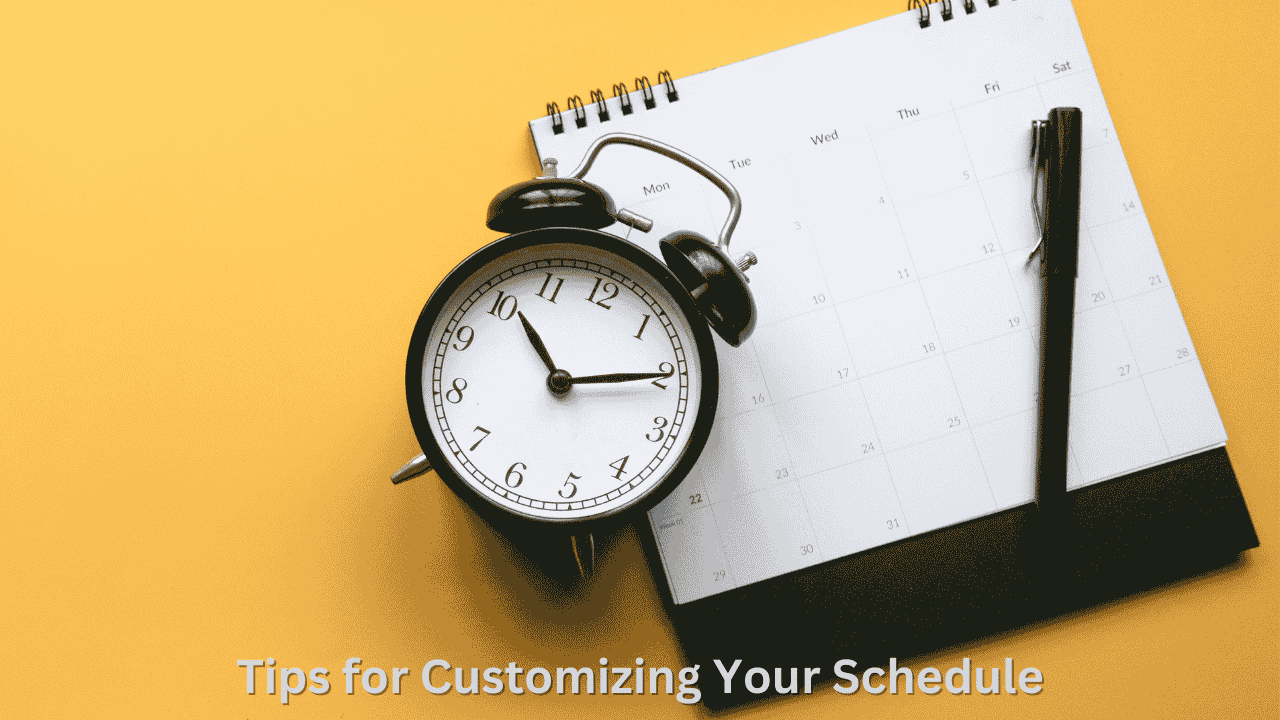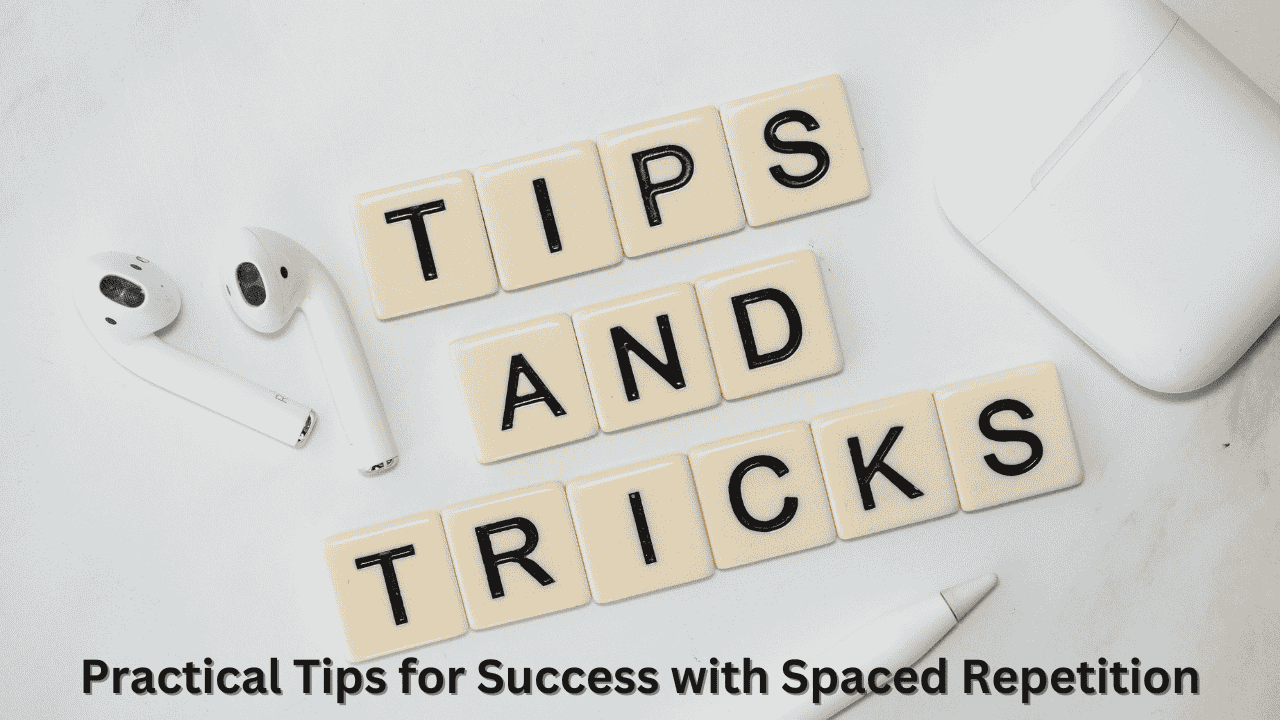To remember more of what you learn with spaced repetition, review information at increasing intervals to boost long-term retention and improve memory recall effectively over time.
Are you tired of cramming all night, only to forget everything the next day? You’re not alone! Remembering more of what you learn with spaced repetition is the game-changer you need. It’s a simple yet powerful technique that helps your brain retain information for the long haul. I’ve been using it for years, and it has completely transformed how I study and remember things. In this article, I’ll share how you can use spaced repetition effectively, create the best spaced repetition schedule, and even explore some great spaced repetition apps to make the process easier. Let’s dive into how you can finally stop forgetting what you learn!
Understanding Spaced Repetition
What is Spaced Repetition?
Spaced repetition is a simple yet powerful technique to help you remember more of what you learn with spaced repetition. It works by reviewing information at strategically increasing intervals to strengthen your memory. Instead of cramming everything into one long study session, spaced repetition gives your brain time to process and retain knowledge. It’s like exercising your brain with regular practice to make sure the information sticks.
How Spaced Repetition Works
Let me explain it this way: imagine trying to remember something long-term. At first, the information is fresh, but after a while, it starts to fade. This is where spaced repetition steps in! By reviewing the information just before you’re about to forget it, you give your brain a little nudge to keep it active and fresh. Over time, your brain doesn’t need to work as hard to recall it, and the memory becomes stronger. It’s a process that strengthens your long-term memory by leveraging how our brains naturally forget and remember.
A Simple Spaced Repetition Example
Here’s an example to help clarify things: Let’s say you’re learning a new language. On day one, you learn ten new words. The next day, you review them. Then, you review them again after three days, then a week, then two weeks, and so on. With each review, the time between repetitions increases, and you’re not wasting time on words you already know well. You’re focusing on what you need to keep fresh in your mind.
Benefits of Spaced Repetition

Why Should You Use Spaced Repetition?
Now that you know what it is, let’s talk about why spaced repetition is so effective. For one, it helps you retain information long-term. By revisiting material at spaced intervals, you strengthen the pathways in your brain that allow you to recall information when you need it most.
Here are a few key benefits:
-
Better Retention: Imagine trying to fill a bucket with water, but the bucket has holes. That’s what cramming feels like. With spaced repetition, you’re patching up those holes, making sure the water (or knowledge) stays in your brain.
-
Efficiency: You’re not spending hours going over the same things. Instead, you focus your attention on what needs to be reviewed. This means less wasted effort and more time for learning new things.
-
Deeper Understanding: The process forces you to actively recall and engage with the material. It’s like learning to ride a bike—you can’t just watch someone do it. You have to try it yourself. This active engagement helps deepen your understanding of the material.
-
Boosted Confidence: The more you practice, the more you remember. When you know you’ll retain information, you can approach new topics with confidence.
Spaced repetition doesn’t just help you remember more of what you learn with spaced repetition; it changes the way you approach learning. It’s about learning smarter, not harder.
How to Do Spaced Repetition
Step-by-Step Guide to Using Spaced Repetition
Alright, now let’s get down to the nitty-gritty—how do you actually start using spaced repetition? Don’t worry, it’s not as complicated as it sounds. Here’s a simple guide:
- Start with a New Topic: Choose something you want to learn—whether it’s a new language, technical skills, or even trivia.
- Create a Flashcard: Write the question or concept on one side, and the answer or explanation on the other.
- Review After a Short Interval: The first review could be as soon as an hour later. Don’t just passively read it—try to recall the answer from memory.
- Increase the Time Between Reviews: As you get more comfortable, extend the time between each review. The intervals might look something like this:
- Day 1: Learn it
- Day 2: Review it
- Day 5: Review it again
- Day 10: Another review
- Day 30: Final review
Spaced Repetition Schedule Template
Here’s a quick spaced repetition schedule template you can follow. You can customize it based on your learning speed:
| Review Session | Interval Time |
|---|---|
| Initial Learning | Day 0 |
| First Review | Day 1 |
| Second Review | Day 4 |
| Third Review | Day 10 |
| Fourth Review | Day 20 |
| Fifth Review | Day 50 |
The goal is to give your brain the chance to refresh the material at just the right time, before forgetting it.
Spaced Repetition Formula
Here’s the spaced repetition formula you can use:
- Start by reviewing the material shortly after learning it.
- After each review, multiply the interval by a factor (typically around 2).
- Gradually increase the intervals as you strengthen your memory. The key is to find a balance that works for you. Don’t worry if it feels a little too much at first. Start simple, and build as you get comfortable!
Choosing the Best Spaced Repetition Schedule
What Makes the “Best Spaced Repetition Schedule”?
When it comes to creating the best spaced repetition schedule, one size doesn’t fit all. Your schedule depends on your personal learning goals, the complexity of the material, and how much time you have.
Here are some factors to consider:
-
Learning Goals: If you’re studying for an exam, you might need shorter intervals. For more long-term learning, you can space out your reviews more.
-
Material Complexity: If the topic is harder to remember, review it more frequently at first. Once it sticks, you can extend the time between reviews.
-
Your Own Pace: Some people learn quickly and can go longer between reviews, while others may need more frequent sessions. Adjust your intervals accordingly.
Tips for Customizing Your Schedule

- Start Small: If you’re new to spaced repetition, don’t overload yourself. Start with shorter intervals and increase them gradually.
- Be Flexible: Your schedule doesn’t have to be set in stone. Feel free to adjust it as you notice what works best for you.
- Use Apps for Help: There are plenty of spaced repetition apps out there that can automatically adjust your schedule based on your performance.
By customizing your spaced repetition schedule, you’ll not only learn faster but also retain information in the most efficient way possible. Stick with it, and soon you’ll see the results. Happy learning!
Tools and Resources
Popular Spaced Repetition Apps
If you’re looking to streamline your learning process, using a spaced repetition app is one of the best ways to manage and automate your learning. These apps are designed to simplify the spaced repetition method, helping you review your material at the perfect intervals, so you can remember more of what you learn with spaced repetition.
Here are a few apps that I recommend checking out:
-
Anki: This app is a classic. It’s simple to use and offers a ton of customization options. You can create your own flashcards and let the app adjust the review intervals based on how well you remember each item. Anki also has a huge community of users, so you can find pre-made decks for nearly every topic!
-
Memrise: Another great spaced repetition app. Memrise uses both flashcards and videos to help reinforce your learning. It’s perfect for language learners and anyone looking to review material through a mix of fun quizzes and spaced repetition.
-
Quizlet: This one’s great if you’re into creating flashcards and studying through interactive tools. It also has a feature that lets you access other users’ sets, making it super easy to find study material for just about any subject.
-
SuperMemo: Developed by the creator of the spaced repetition system, this app offers advanced algorithms that adjust your learning schedule based on your progress. It’s perfect for those who want a more tailored learning experience.
How These Apps Help
These apps take the guesswork out of spaced repetition. They automatically adjust the intervals between reviews based on how well you remember information. No more worrying about when to review a flashcard or if you’re spacing your reviews too far apart. You just focus on learning, and the app does the rest!
For example, Anki tracks your performance with each flashcard. If you consistently get a card correct, the app will gradually increase the review intervals, so you spend less time on material you’ve mastered and more on what you need to work on. It’s a fantastic way to implement a spaced repetition schedule that’s personalized to your progress.
Try an App for Practical Benefits
I encourage you to try out one of these spaced repetition apps and see how they can transform the way you learn. You’ll quickly notice how efficient and effective your study sessions can become. It’s a great way to implement the spaced repetition formula without the need to create everything from scratch. And who doesn’t want to make learning more enjoyable and less stressful?
Practical Tips for Success with Spaced Repetition

Integrating Spaced Repetition into Your Daily Routine
Starting with spaced repetition might seem overwhelming at first, but I promise it’s easier than you think. Here are a few tips on how to make it a regular part of your day:
- Set aside 15-30 minutes each day for your spaced repetition practice. It doesn’t have to be hours of study—just a short, focused session every day.
- Use your downtime: Waiting in line, commuting, or during a lunch break are all great opportunities to fit in a quick review session.
- Stay consistent: The key to spaced repetition’s success is consistency. Stick to your schedule, and soon enough, you’ll notice the results.
How to Remember More of What You Learn with Spaced Repetition Brain Techniques
To really make spaced repetition work for you, try incorporating visualization and association methods. These are powerful techniques to strengthen your memory.
-
Visualization: When you learn something new, try to picture it in your mind. If you’re learning a new word in a language, for example, visualize what that word represents in the real world. The more vivid the image, the easier it will be to recall.
-
Association: Connect new information to something you already know. The more connections your brain can make, the stronger the memory becomes. For instance, if you’re learning a new concept in biology, link it to a real-life situation or experience.
By adding these techniques to your spaced repetition practice, you’ll unlock even more of your brain’s potential to retain and recall information. It’s not just about reviewing material; it’s about engaging your brain in ways that help it remember more of what you learn with spaced repetition.
Conclusion
To sum it all up, spaced repetition is one of the most effective methods to ensure you remember more of what you learn. By spacing out your study sessions and reviewing information at just the right time, you can lock knowledge into your long-term memory.
Remember, it’s not about cramming all night or rushing through material. Start small and gradually build your spaced repetition practice, and you’ll see how it transforms your learning experience. Don’t be afraid to experiment and adjust your spaced repetition schedule to suit your needs.
I’d love to hear how spaced repetition works for you—feel free to leave your thoughts or ask any questions! We’re all in this learning journey together, so let’s share tips and experiences to keep improving.
Ready to make spaced repetition your new best friend in learning? Let’s start today! Please follow our blog Educationewz.



